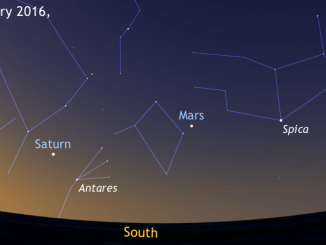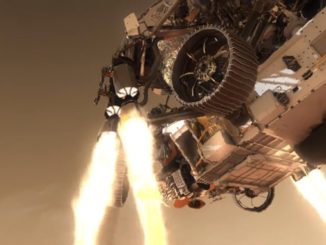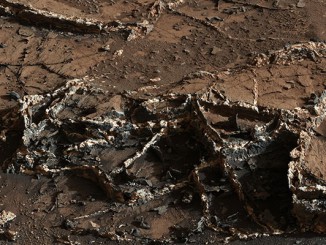NASA’s Curiosity Mars rover has spent more than a year exploring Vera Rubin Ridge on the slopes of Mount Sharp in the heart of Gale Crater. After pausing at the rover’s 19th drill site – the hole is visible to the lower left of the rover near the center of the frame – Curiosity paused to take a selfie on 15 January, the robot’s 2,291st day, or “sol,” on Mars. The Mars Hand Lens Imager, or MAHLI, camera on the end of Curiosity’s robot arm snapped 57 images that were then stitched together into a panorama. The arm itself is not visible in the resulting image. Curiosity has been studying rocks along the ridge since September 2017. It is now heading for a clay-bearing trough to the south that may hold additional clues about how ancient lakes helped form the lower levels of Mount Sharp.




